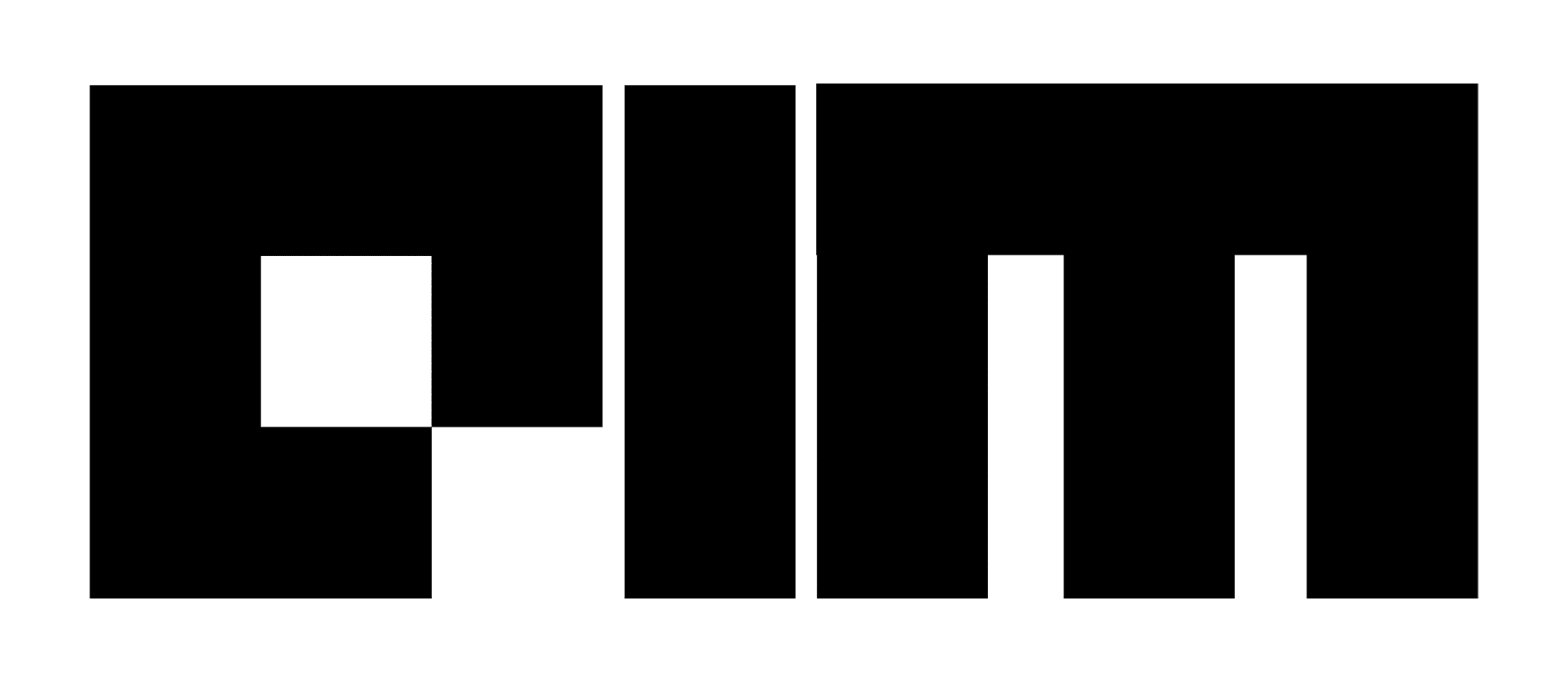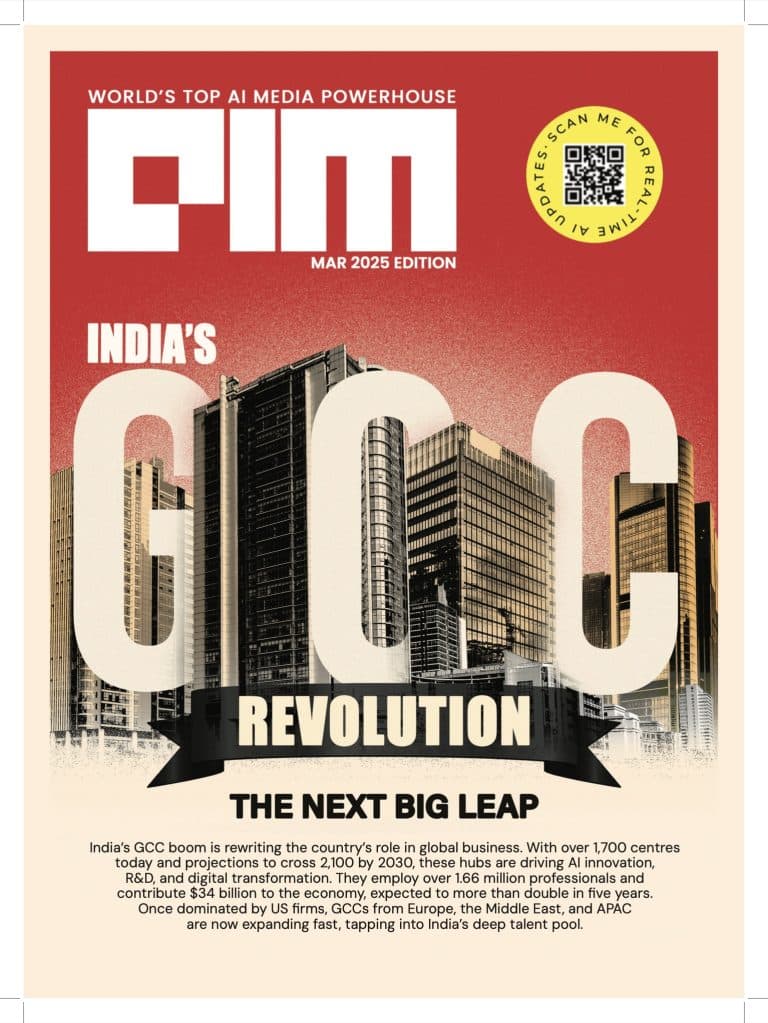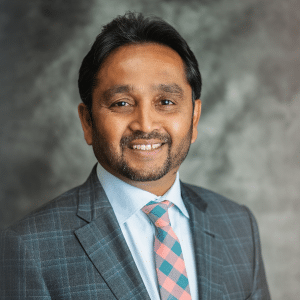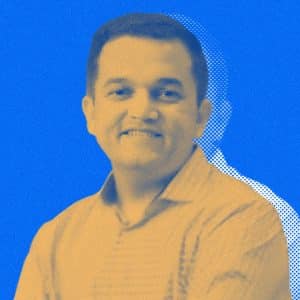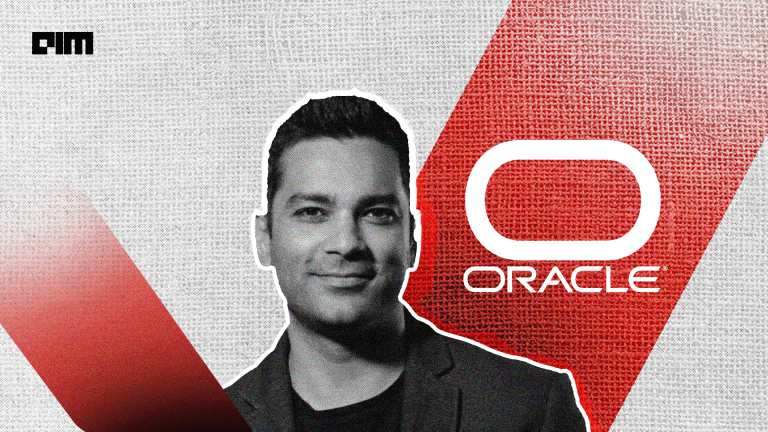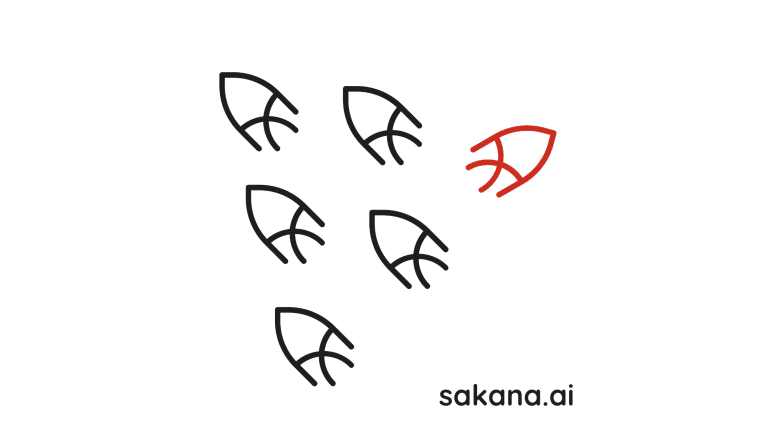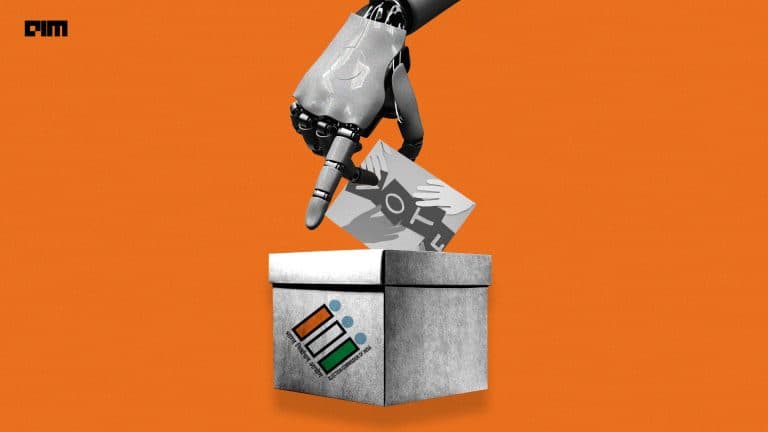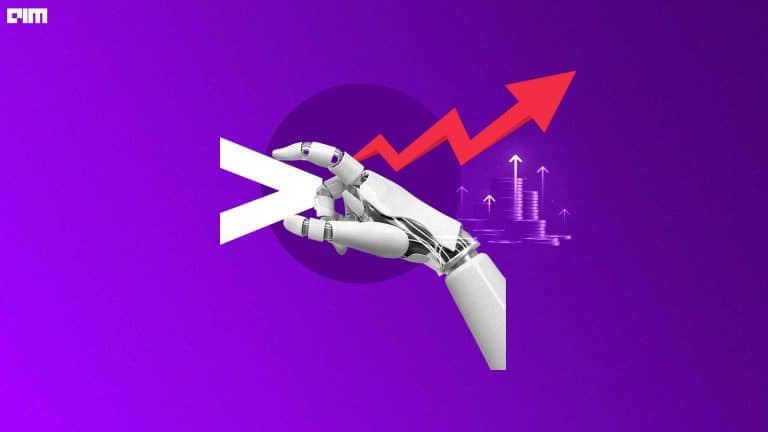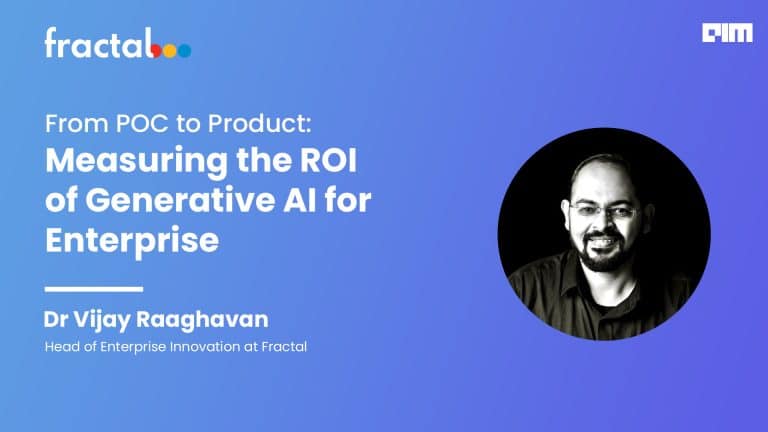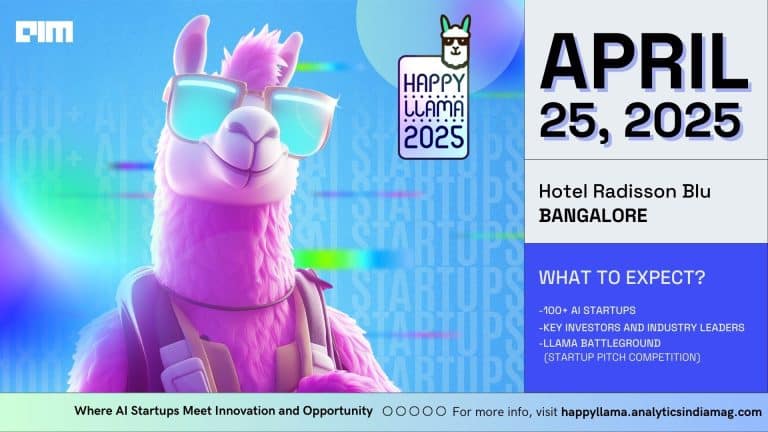India’s global capability centres (GCCs) are expanding their reach and influence like never before. With an increased focus on end-to-end product ownership, strategic decision-making, and developing top talent, these centres are playing a crucial role in shaping the future of innovation on the global stage.
Today, GCCs are driving innovation, helping shape big-picture strategies, and delivering solutions that truly make an impact.
However, as these centres transform, the leadership driving them must evolve too. It is not just about managing operations anymore—it is about taking on bigger challenges, learning new skills, and leading from the front.
In an interview with AIM, Raja Jamalamadaka, country head and board director at Roche Information Solutions India, explained how he has seen this change firsthand. He has led digital centres before and has watched them shift from focusing only on saving costs to becoming execution powerhouses.
Typically, in most of the digital centres in India, innovation constitutes just 10% of the workforce, while 90% focuses on operational support. However, at Roche, the structure is the opposite. “Our centre is built primarily for innovation,” Jamalamadaka revealed.
Roche Setting the Benchmark in Leadership
Roche’s work in India is powered by its digital centre of excellence, which Jamalamadaka mentioned “operates as an integral part of Roche rather than an outsourcing centre”. The Pune-based team works within a highly matrixed structure, collaborating closely with both global and local teams.
Jamalamadaka also pointed out that with generative AI coming into the picture, the pace of change has become so fast that companies need digital centres that are adaptable and forward-thinking.
“I foresee them evolving into microcosms of an organisation’s headquarters, equipped with multiple departments and driving innovation rather than merely executing predefined tasks,” he added. Instead of waiting for instructions, these centres will help shape strategy, identify trends, test new ideas, and take the charge of innovation.
At Roche, this change is already happening.
Jamalamadaka revealed that Roche is focusing on individuals who not only have technical expertise but also deep domain knowledge.
“Future global leaders will not simply manage teams in one location but oversee diverse, cross-cultural teams worldwide,” he explained. These leaders must see the big picture—spotting industry shifts, understanding geopolitical changes, and finding new business opportunities.
In the next five years, Jamalamadaka believes the success of digital centres will be measured based on how many global roles they contribute and the value they generate.
Roche Shaping the Future of Healthcare Automation
“We are actively engaged in laboratory automation, which is a key focus area for Roche,” Jamalamadaka shared.
He further explained that laboratories, where patients go for blood tests and sample analysis, vary greatly in scale depending on the region. Notably, Western countries tend to be large and complex, making automation and efficiency enhancements critical.
This is where digital solutions play a vital role. “Many of these cutting-edge digital solutions are developed out of our Pune site, making it a critical hub for Roche’s innovation,” he added.
While specifics about current projects remain confidential, Jamalamadaka provided a glimpse into the broader scope of their work.
He shared a scenario where a patient undergoes a series of lab tests over several years, across different healthcare facilities. While one lab might store genetic and health data digitally, another might not. Over time, the patient’s medical history becomes fragmented, making it difficult to track long-term health trends—an issue that can hinder disease prognosis and personalised treatment.
Jamalamadaka stated that such an issue is addressed at Roche by building platforms capable of connecting disparate systems to retrieve healthcare data whenever possible. These platforms aggregate data from various sources into a single, unified repository.
Once collected, the data is cleaned and standardised in one system and is accurately recognised and recorded in another. To protect patient privacy, all information is anonymised, and the data is stored securely in compliance with global regulations. Advanced analytics are then applied to uncover important health trends, enabling more informed decisions in patient care and treatment planning.
“With the right kind of analytics, we can start identifying predictive health insights. For example, if a group of individuals with a certain genetic profile and lifestyle are prone to specific diseases between the ages of 53-56, we can recommend preventive actions like regular exercise or dietary changes to mitigate risks,” Jamalamadaka explained.
The entire ecosystem, ranging from connectors and platforms to data privacy frameworks and analytics engines, has been developed at Roche’s Pune centre.
Roche Loves Lateral Hiring
Roche’s India operations include around 550-600 employees in Pune and another 75 each in Hyderabad and Chennai, bringing the total workforce to approximately 700-750 people. Given this scale, the company believes lateral hiring best suits its current needs.
“Currently, Roche does not hire a significant number of fresh graduates because, in terms of headcount, we are still a relatively small organisation,” Jamalamadaka explained.
“Typically, companies hire large numbers of fresh graduates when they scale into the thousands, as they can then establish structured mentorship programs to support early-career talent. As a result, the employability of academic talent is not a major concern for us at this stage,” he added.
However, he acknowledges the important role academic institutions play in preparing industry-ready professionals rather than academically strong graduates who require extensive training. “This has been a long-standing challenge in India.”
Jamalamadaka stressed that despite efforts by the government and research bodies to bridge the gap in AI training, the disconnect between academia and industry expectations remains. Many companies compensate for this by investing in induction programs and internal skill-building initiatives.
Another key factor influencing Roche’s hiring strategy is the highly competitive market for healthcare talent. Many companies in the healthcare sector are competing for the same specialised professionals, which often leads to wage inflation and recruitment challenges.
However, Roche has largely sidestepped this issue. Jamalamadaka pointed out, “At Roche, this has not been a significant challenge, primarily because of our mission-driven approach and the nature of our work.”
Unlike volume-driven organisations that employ tens of thousands of people, Roche focuses on delivering high-quality, differentiated products that often result in patents.
“Roche focuses on quality over quantity—developing high-impact, differentiated products that often lead to patents. Top talent naturally gravitates toward this kind of work because it offers an opportunity to contribute to cutting-edge innovation,” he shared.
Over the past three and a half years, this focus on meaningful, impactful work has played a significant role in attracting experienced professionals through lateral hiring.
Why India?
While the shift in GCC leadership is happening around the world, India stands out. “India, in particular, is poised to lead this transition.”
According to Jamalamadaka, while India has long been known for its cost advantages, that’s no longer its main strength. Instead, India’s world-class universities, research institutions, industry groups like NASSCOM, and a thriving startup community give it a unique edge. “This combination of factors provides India with a unique edge over countries like Indonesia or South Korea, ensuring its continued relevance as a global innovation hub,” he explained.
Roche is challenging traditional leadership models in GCCs. It’s turning its digital centres into places that not only get the job done but drive the business forward. In doing so, it’s showing what the future of global leadership can look like.

